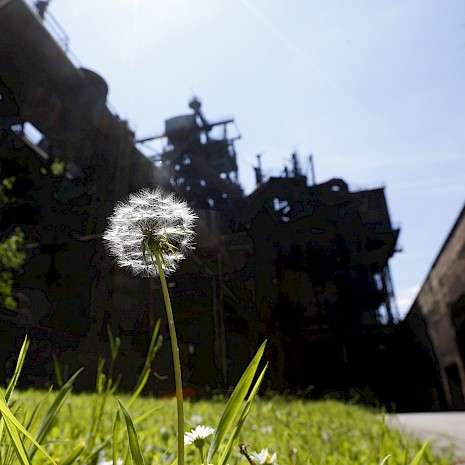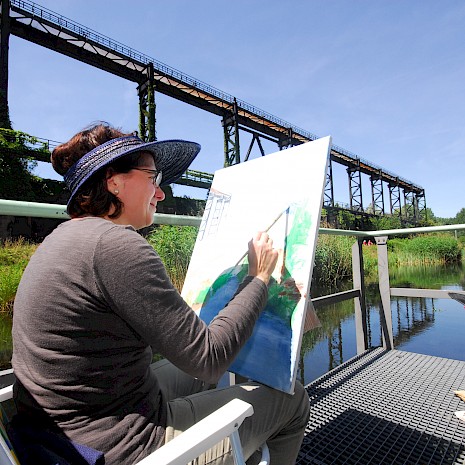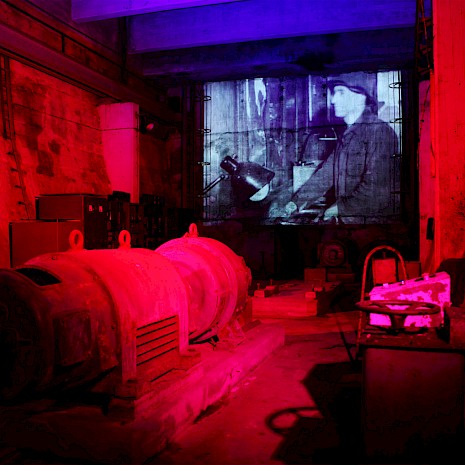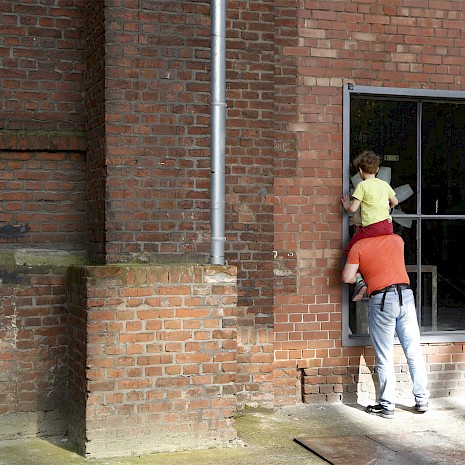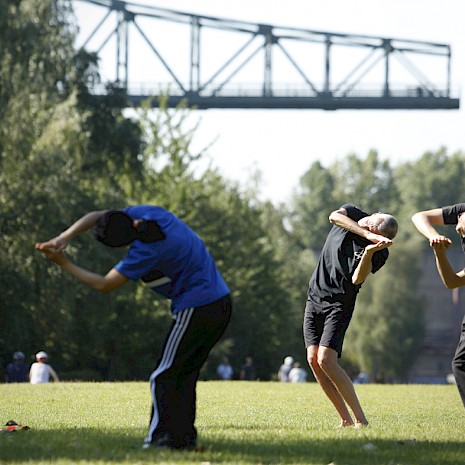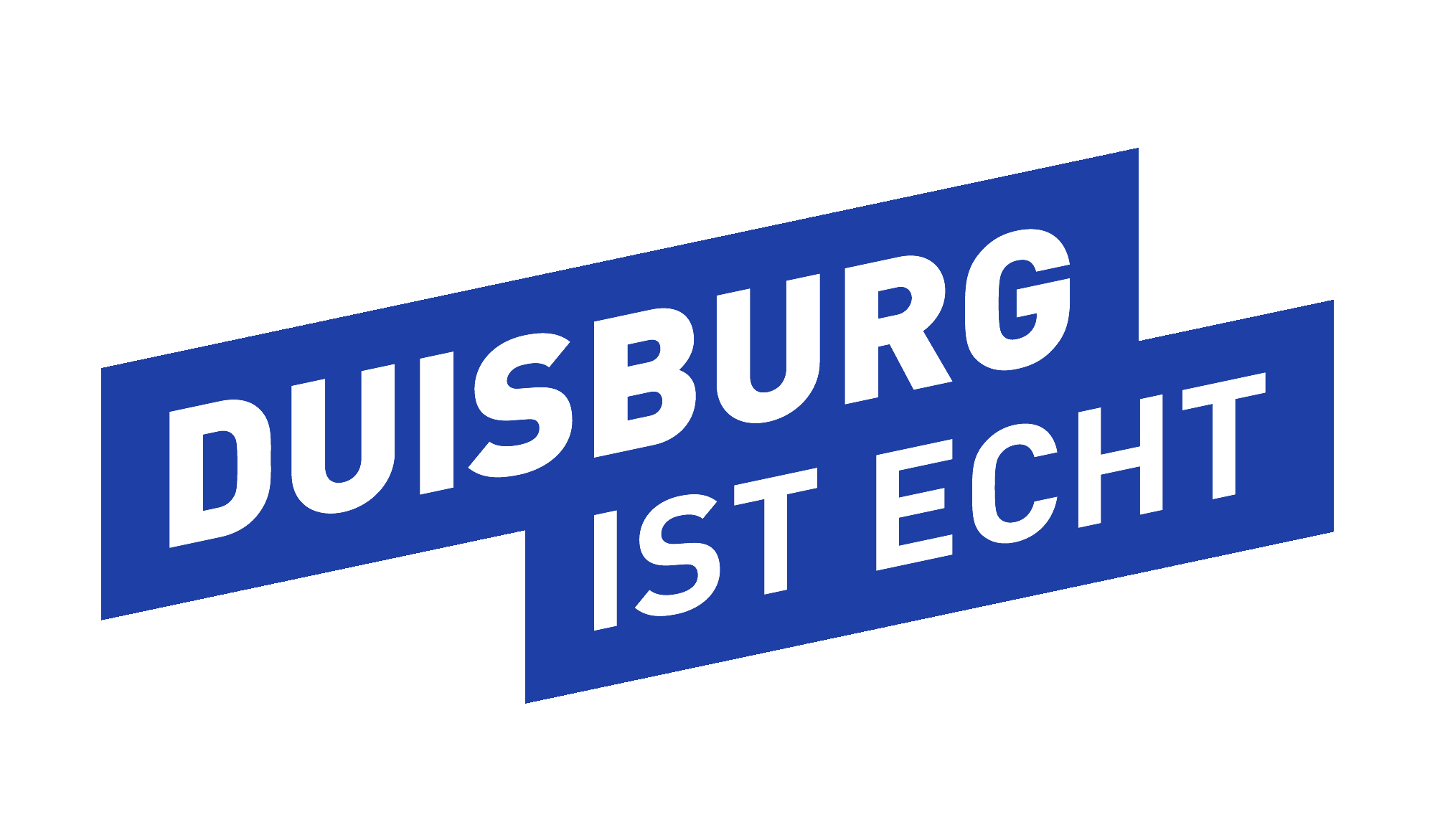Introduction
The Thyssen Ironworks in Duisburg-Meiderich, built in the grandiose style so typical of the time of advanced industrialisation, finally saw production come to an end with the last tapping of Blast Furnace 5 on 4 April 1985. At the same time, this was also the beginning of an unbelievable period of development. Through the contrast between continuous redevelopment and the constant need for preservation, an industrial wasteland has developed into a unique adventure playground for young and old – a development which is ongoing.
The idea for a new type of natural and man-made landscape with an industrial stamp was born in 1989. Based on designs by Professor Peter Latz and Partner, a Landschaftspark Duisburg-Nord has been created on the north Duisburg site measuring roughly 180 hectares, which is neither park nor landscape in the traditional sense.
So, if you set off on a tour of the area, familiar concepts will not get you far. For you’ll see vegetation which has grown wild next to landscaped water features, and green spaces and gardens on land which has been heavily shaped by industry, like for example the old layout of railway tracks. Nature is growing and taking on new dimensions in the Landschaftspark, inviting you to come and explore.
As a total project, the Landschaftspark is now a globally recognised and respected “Further Development of European Garden Art” (Visions for the Ruhr District, 2008, page 26). More than 700 plant species have found a home on the site, which is all the more remarkable as the whole of North Rhine-Westphalia has more than 2,000 plant species. The Western Ruhr Region Biological Station operates a branch on the site, and concepts such as industrial heritage and industrial nature have their roots here.

